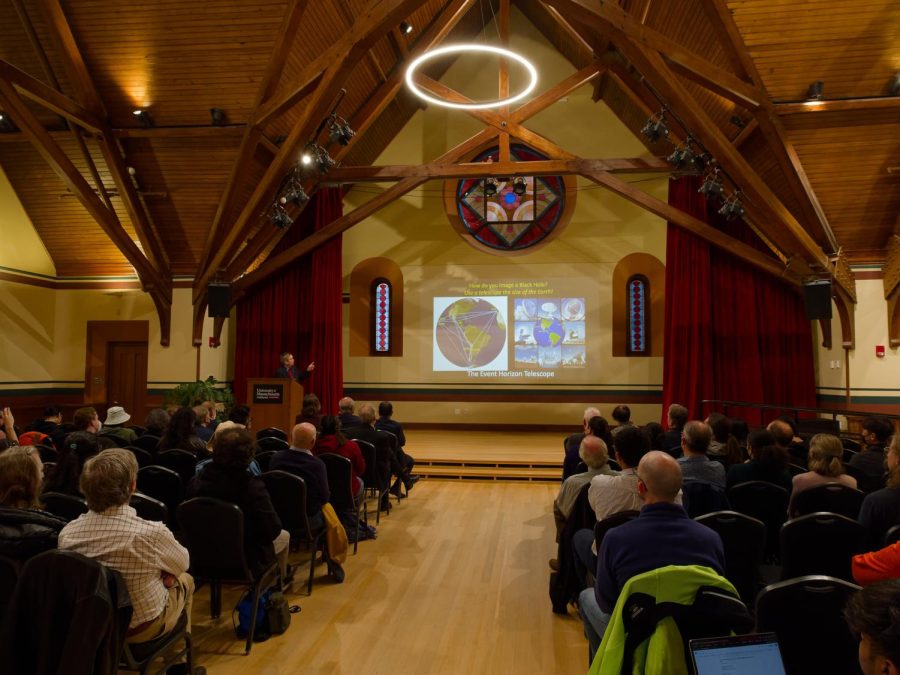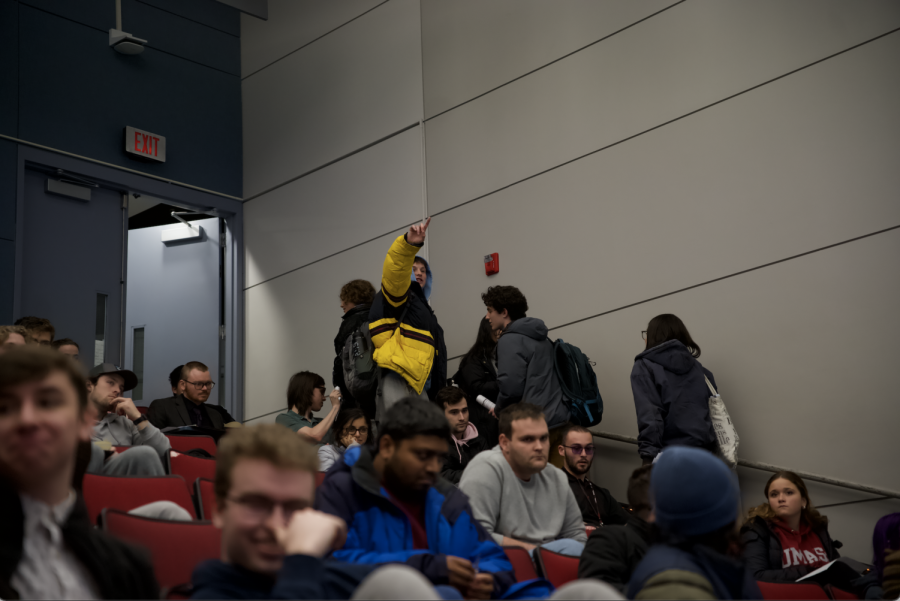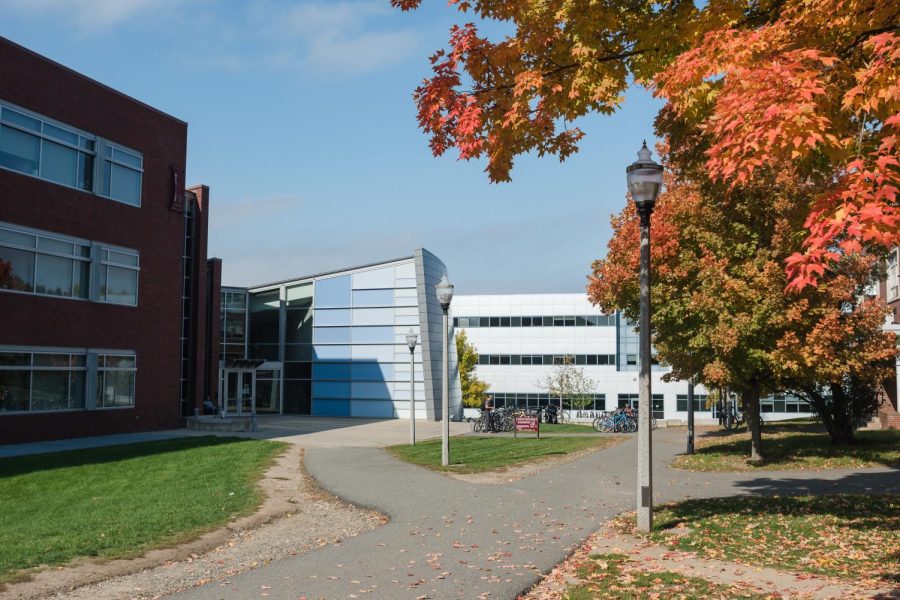Editor’s note: This article has been corrected due to several errors, as noted by Laura Cadonati. She is studying gravitational waves, not sound waves.

Laura Cadonati, a physicist here at the University of Massachusetts has recently received a $700,000 five-year grant from the National Science Foundation (NSF) to work with a team of researchers from around the globe in the research of gravitational waves.
This group is only a sub-group of an 800-person scientific collaboration, with researchers hailing from the United Kingdom, China, Australia and even from Amherst. Cadonati’s research team includes seven UMass graduate and undergraduate students.
The idea of gravitational waves was first proposed by Albert Einstein as a theoretical concept, and until now very little concrete evidence or information has been gathered on the subject. Detection of such waves is challenging, and the majority of it has been accomplished at the Laser Interferometer Gravitational Observatory or LIGO, which has two locations – one in Livingston, La., and one in Hanford, Wash.
The research of Cadonati’s team is currently in its first phase at LIGO, before it stops next month to transition into Advanced LIGO. It requires hardware changes in the equipment used to detect the gravitational waves that would maximize the detection of the waves, possibly ten-fold. The Advanced LIGO phase will begin taking data in the year 2014.
In an Aug. 19 release, Cadonati explained the value of studying these waves, some of which have been emanating throughout the universe since the big bang.
“These tiny ripples in the fabric of space-time carry information from the most catastrophic and mysterious events in our universe, such as supernova explosions, the collision of black holes and the big bang,” Cadonati said. “This is an entirely new exploration for the astrophysics community; no one has ever measured these waves before, and it is really daunting.”
Today, knowledge of the universe comes primarily from electromagnetic waves. Gravitational waves may hold the key to unlocking many mysteries of the universe, such as questions concerning black holes and supernovas, as well as receiving information from inside the stars themselves.
To this point, man’s understanding of gravitational waves comes only indirectly, but also hails back to Amherst. In 1974, UMass physicists Russell Hulse and Joseph Taylor Jr. discovered a new type of pulsar, which the Nobel Committee that year stated “opened up new possibilities for the study of gravitation.”
Cadonati hopes this long-term research will give scientists another tool in their understanding of astrophysical occurrences.
“It’s as revolutionary as giving ears to someone who until now had only eyes with which to perceive the world,” she explained in the Aug. 19 release.
Lucia Panasci can be reached at [email protected]. Sam Butterfield contributed to this article.












